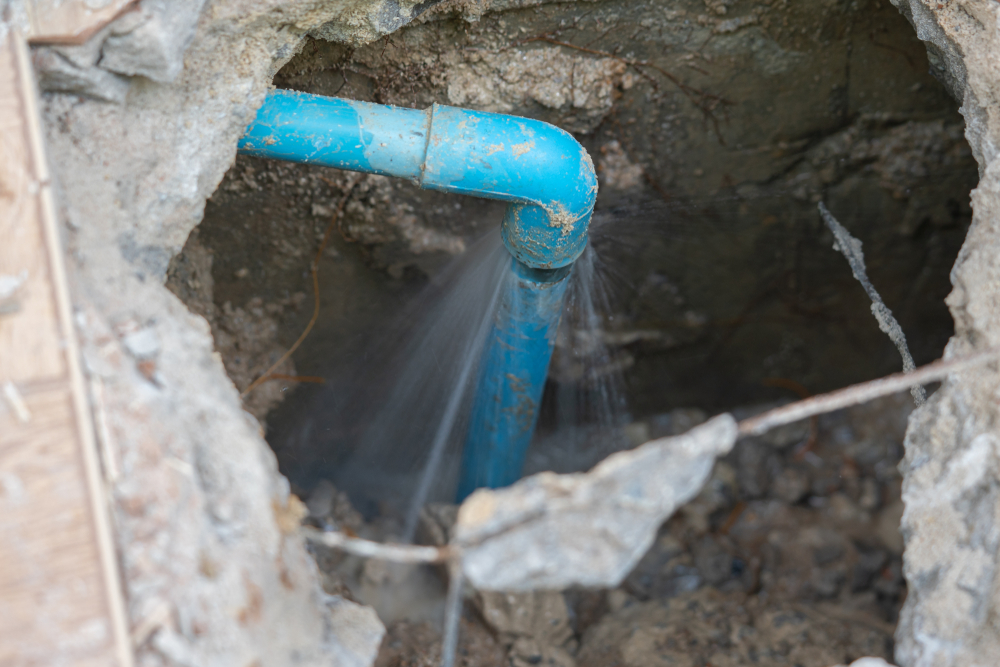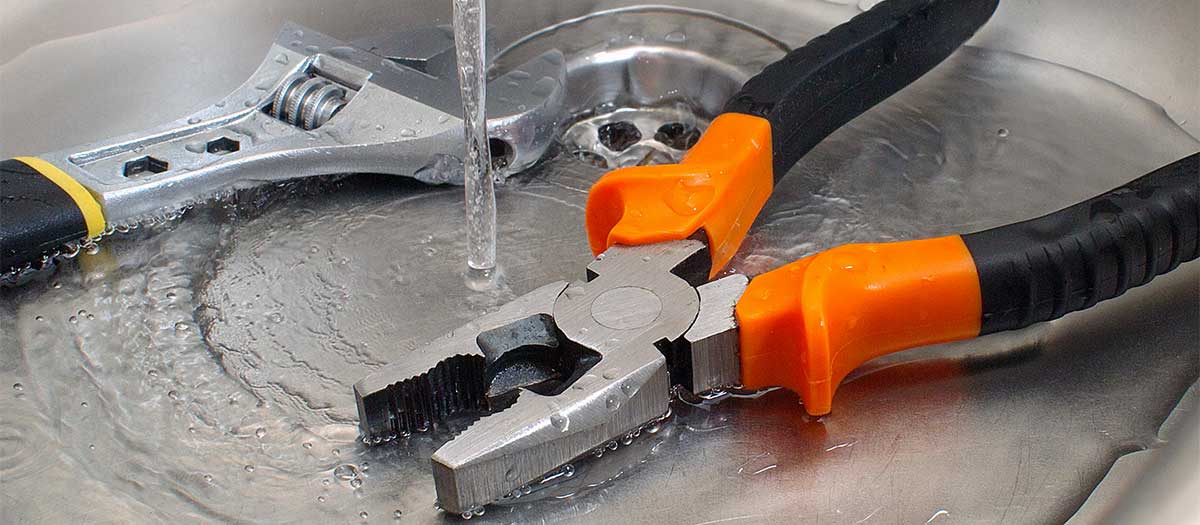Each person seems to have their unique assumption involving Leaking water lines.

Early detection of dripping water lines can minimize a prospective catastrophe. Some tiny water leakages might not be visible.
1. Examine the Water Meter
Every house has a water meter. Examining it is a guaranteed way that aids you discover leakages. For beginners, switch off all the water resources. Guarantee no person will certainly purge, use the tap, shower, run the cleaning machine or dishwashing machine. From there, go to the meter and also watch if it will alter. Since nobody is utilizing it, there ought to be no activities. That indicates a fast-moving leak if it relocates. If you detect no changes, wait a hr or 2 and also inspect back once again. This indicates you might have a sluggish leakage that might even be below ground.
2. Check Water Usage
If you find abrupt modifications, regardless of your usage being the same, it implies that you have leakages in your plumbing system. A sudden spike in your costs suggests a fast-moving leak.
A constant increase every month, even with the very same practices, shows you have a slow leakage that's also gradually rising. Call a plumber to extensively examine your residential property, specifically if you really feel a warm location on your flooring with piping below.
3. Do a Food Coloring Test
When it comes to water intake, 30% comes from toilets. If the shade in some way infiltrates your dish throughout that time without flushing, there's a leakage in between the container and dish.
4. Asses Outside Lines
Do not neglect to check your outdoor water lines also. Examination spigots by connecting a garden hose pipe. Needs to water permeate out of the connection, you have a loose rubber gasket. Replace this and ensure all links are limited. It will certainly help get it professionally analyzed as well as preserved each year if you have actually got a lawn sprinkler system. One tiny leak can lose lots of water and spike your water costs.
5. Analyze the circumstance and also check
Homeowners must make it a behavior to examine under the sink counters and also also inside cupboards for any kind of bad odor or mold and mildew growth. These two red flags show a leak so punctual interest is called for. Doing regular inspections, even bi-annually, can conserve you from a significant trouble.
Inspect for discolorations as well as damaging as a lot of pipelines as well as devices have a life span. If you think dripping water lines in your plumbing system, do not wait for it to intensify.
Early discovery of leaking water lines can alleviate a potential catastrophe. Some tiny water leakages may not be visible. Checking it is a guaranteed means that assists you discover leakages. One tiny leak can squander lots of water and spike your water expense.
If you suspect leaking water lines in your plumbing system, don't wait for it to intensify.
WARNING SIGNS OF WATER LEAKAGE BEHIND THE WALL
PERSISTENT MUSTY ODORS
As water slowly drips from a leaky pipe inside the wall, flooring and sheetrock stay damp and develop an odor similar to wet cardboard. It generates a musty smell that can help you find hidden leaks.
MOLD IN UNUSUAL AREAS
Mold usually grows in wet areas like kitchens, baths and laundry rooms. If you spot the stuff on walls or baseboards in other rooms of the house, it’s a good indicator of undetected water leaks.
STAINS THAT GROW
When mold thrives around a leaky pipe, it sometimes takes hold on the inside surface of the affected wall. A growing stain on otherwise clean sheetrock is often your sign of a hidden plumbing problem.
PEELING OR BUBBLING WALLPAPER / PAINT
This clue is easy to miss in rooms that don’t get much use. When you see wallpaper separating along seams or paint bubbling or flaking off the wall, blame sheetrock that stays wet because of an undetected leak.
BUCKLED CEILINGS AND STAINED FLOORS
If ceilings or floors in bathrooms, kitchens or laundry areas develop structural problems, don’t rule out constant damp inside the walls. Wet sheetrock can affect adjacent framing, flooring and ceilings.
https://www.servicemasterbyzaba.com/blog/how-to-detect-water-leakage-in-walls/

Hopefully you enjoyed our topic about Locating water leaks. Thank you for taking time to read through our short article. If you enjoyed reading our blog posting plz don't forget to share it. I love reading our article about Hacks to detect leaks.